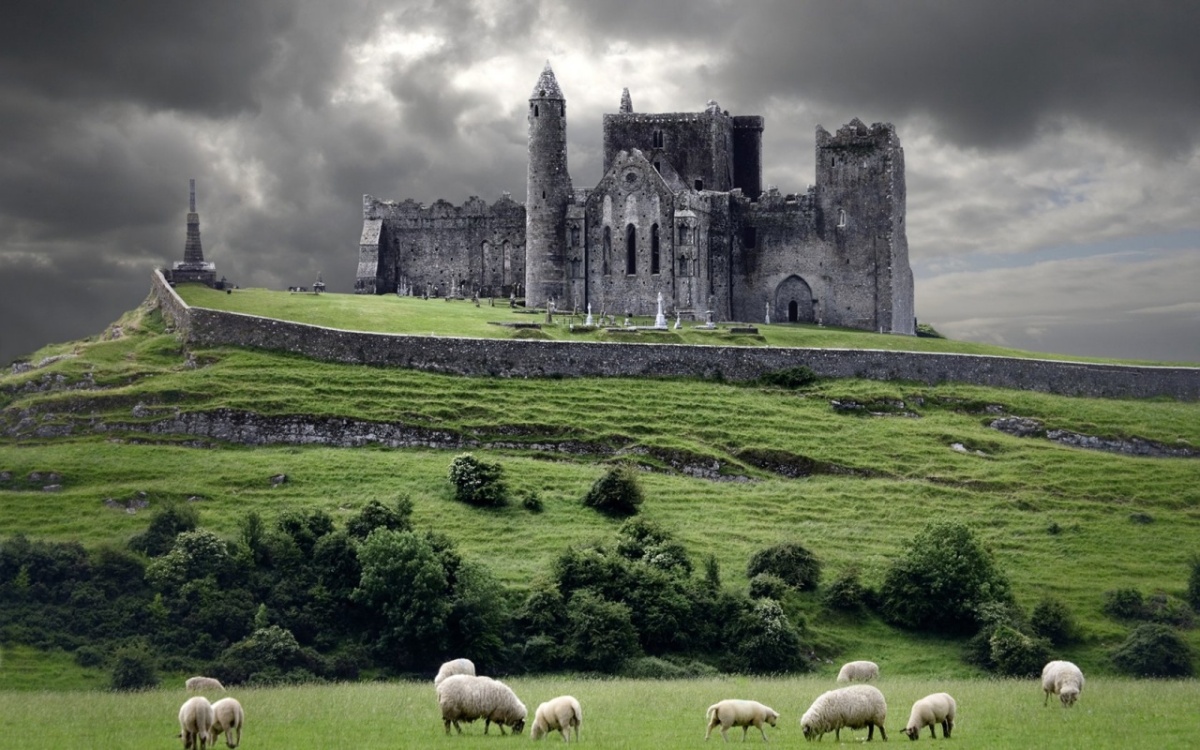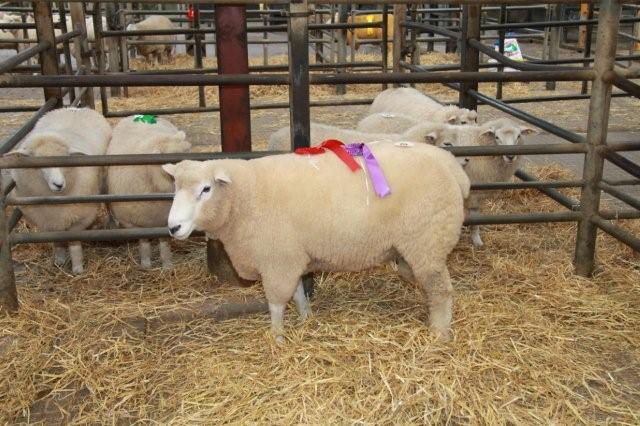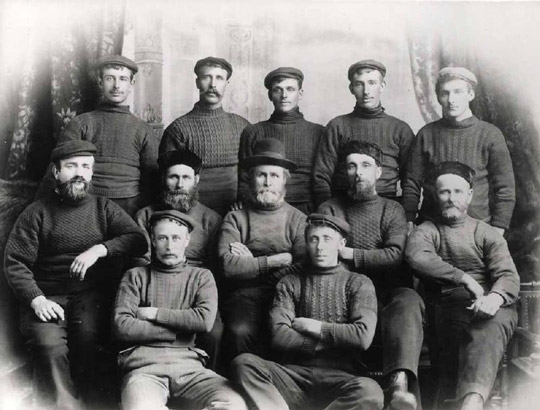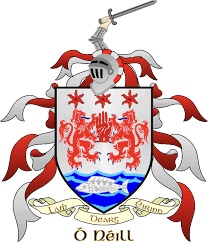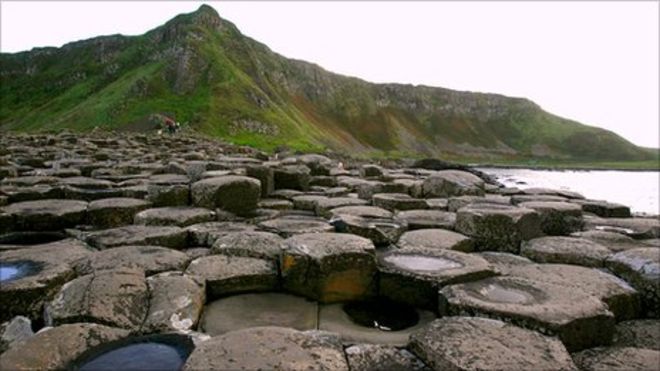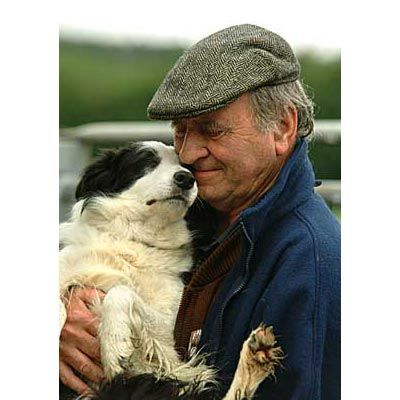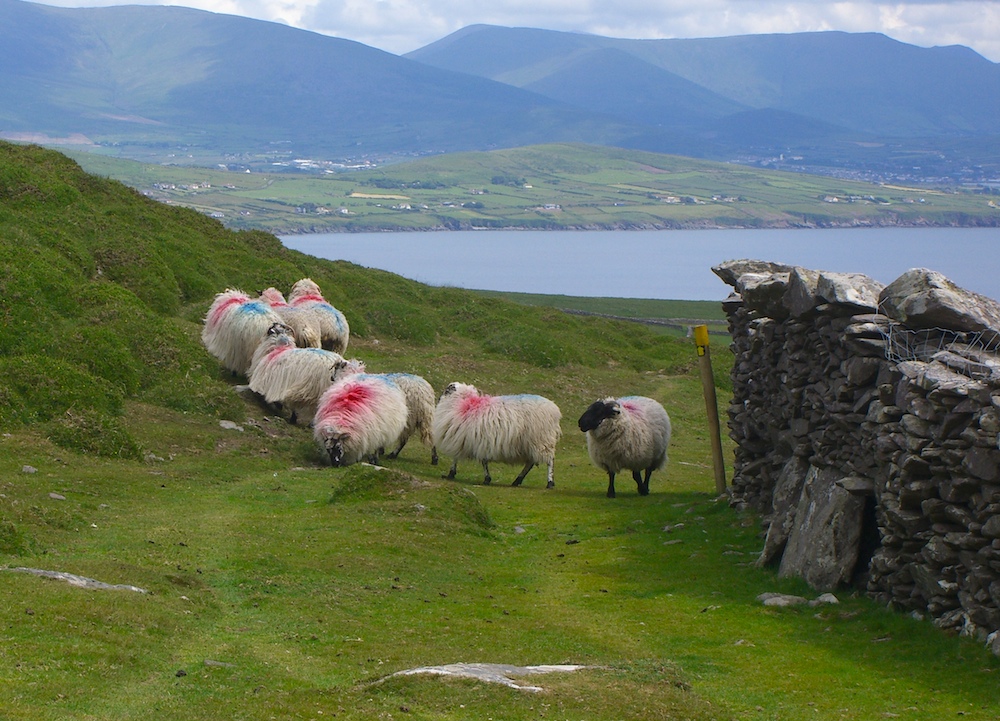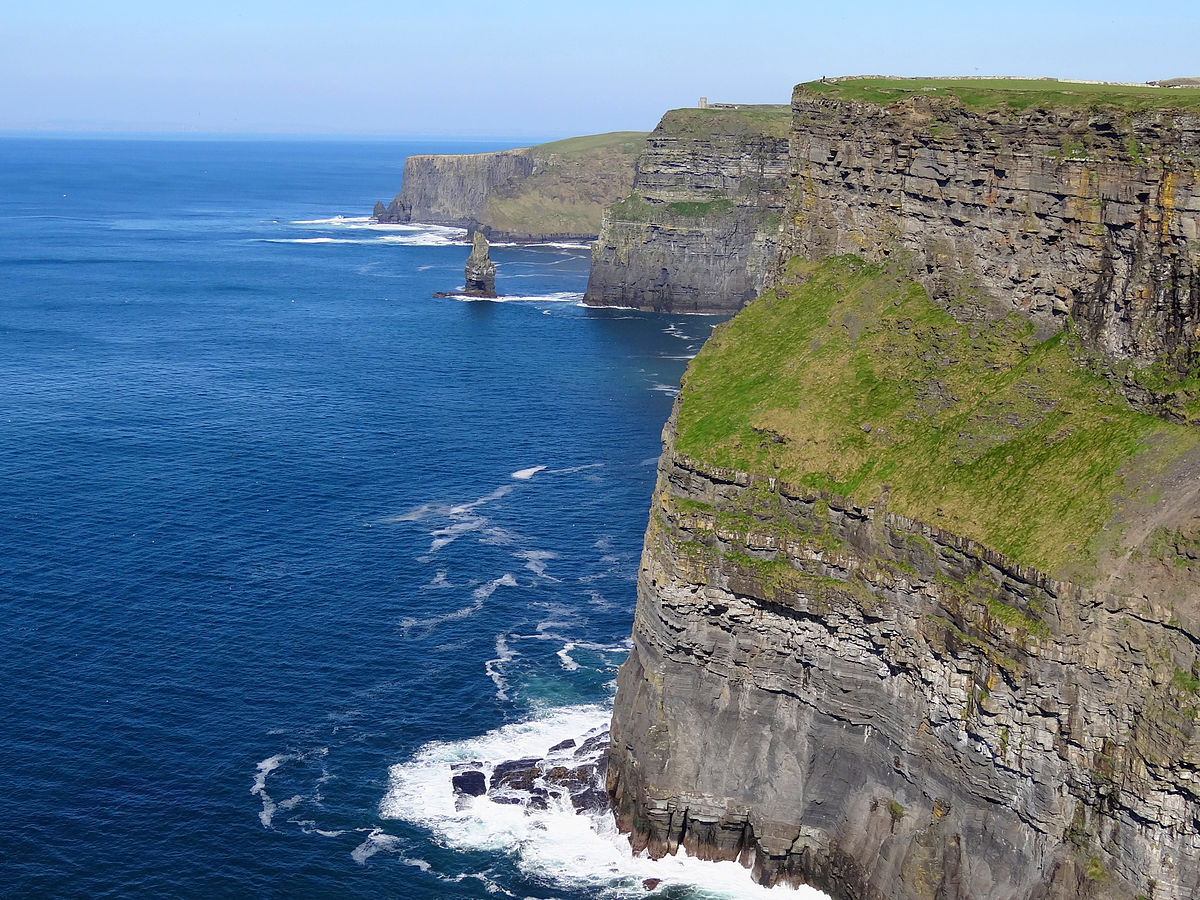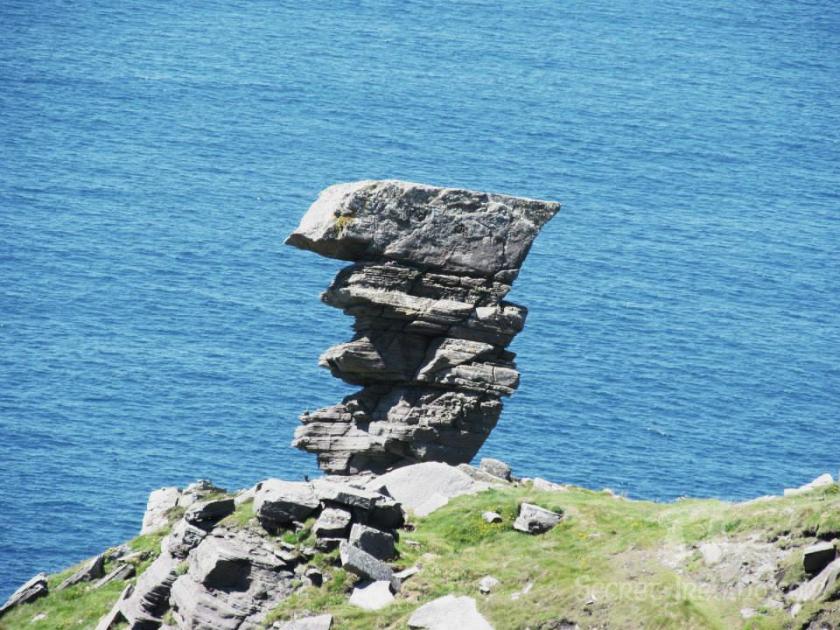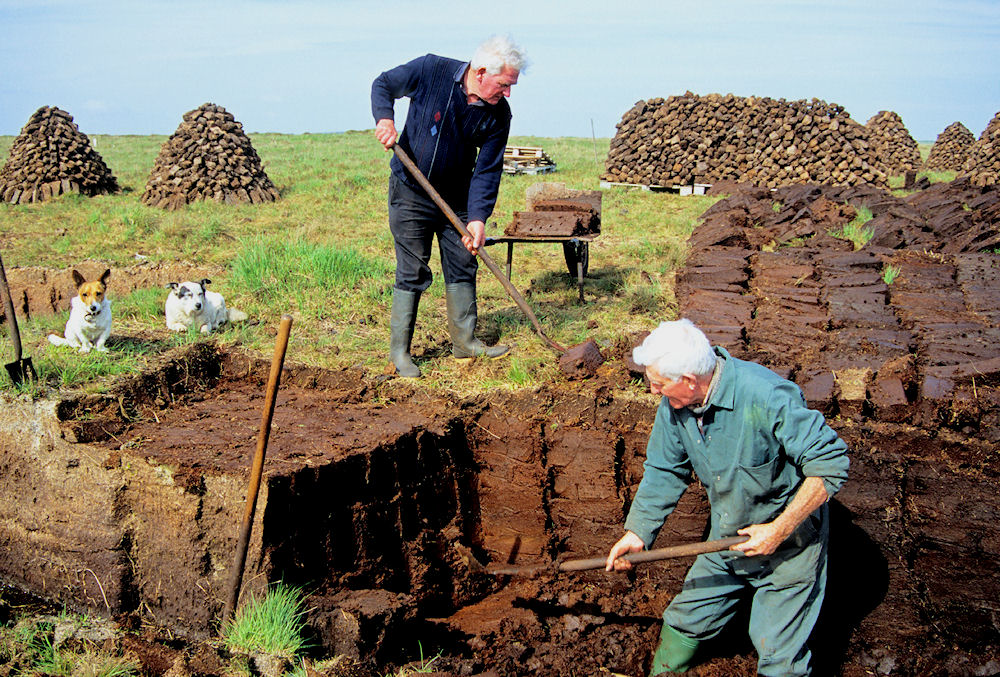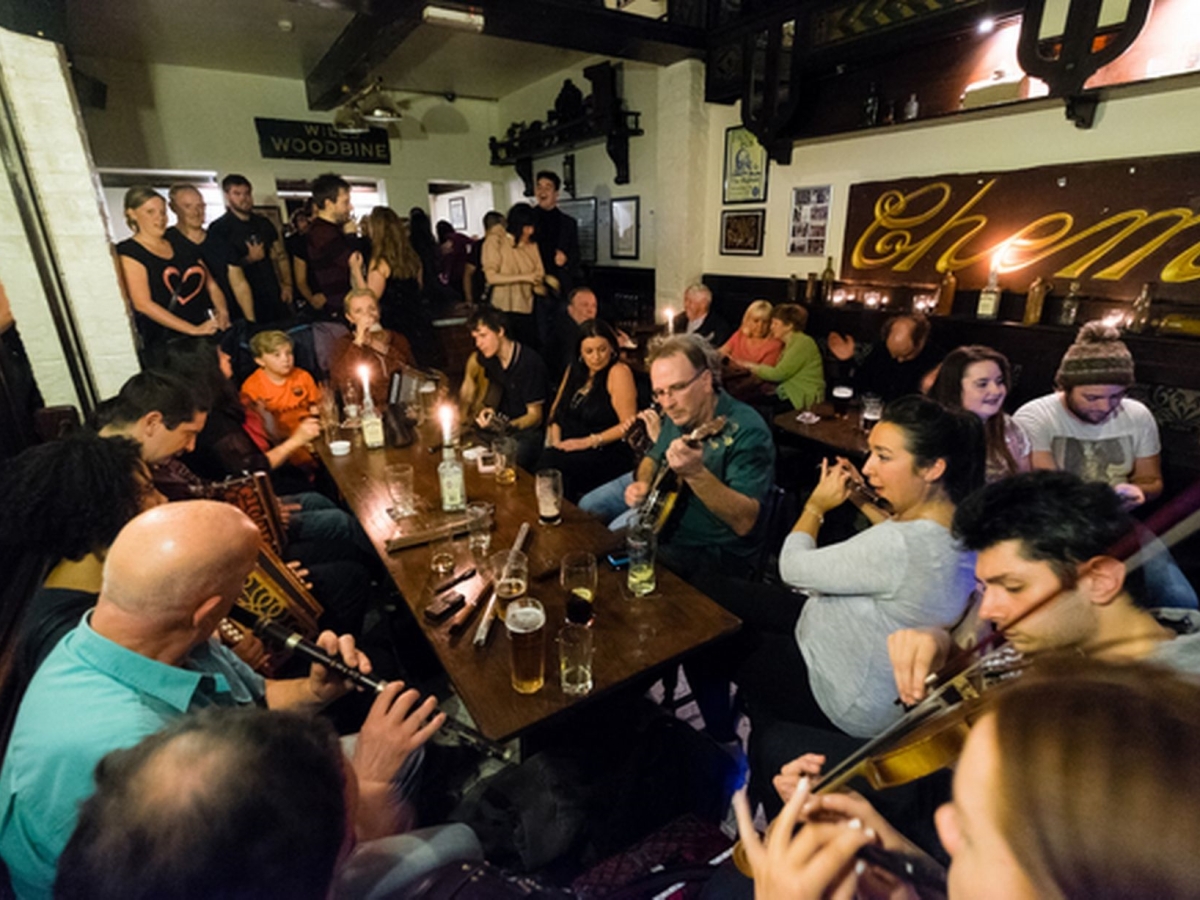Castles are romantic places to visit in Ireland. Some were built as fortresses meant to protect the occupants from invaders. Some were build as residences of the powerful and wealthy. Some were built as a statement of new conquests. Many are open to the public for exploration and appreciation. Some are even available for overnight stays.
You received a Blarney Stone in your travel box. This stone is of the type found at the Blarney Castle, a popular tourist spot. The legend goes that kissing the Blarney Stone at the castle will give you the “gift of gab”, an eloquence in speech, the ability to convince with flattery. You can learn more about the stories behind the stone here.
The photo of you all standing together in front of a beautiful castle came from Rock of Cashel (meaning fortress). This site describes nicely the prized art and work to restore the beautiful frescos in Cormac’s Chapel within the Castle.
You may have seen some of these castles in movies. Trim Castle was in the movie “Braveheart”. An older John Wayne movie “The Quiet Man” used the Ashford Castle and surrounding area as a setting.
Castles are not just found in Ireland of course. I found a really interesting site, a directory to castles of sort. It lists castles and brief descriptions, lists castles and the movies made at those sites, lists haunted castles, and provides descriptions of different attributes that are important to understanding castles. Take a look at this site when you have some real time to explore.

